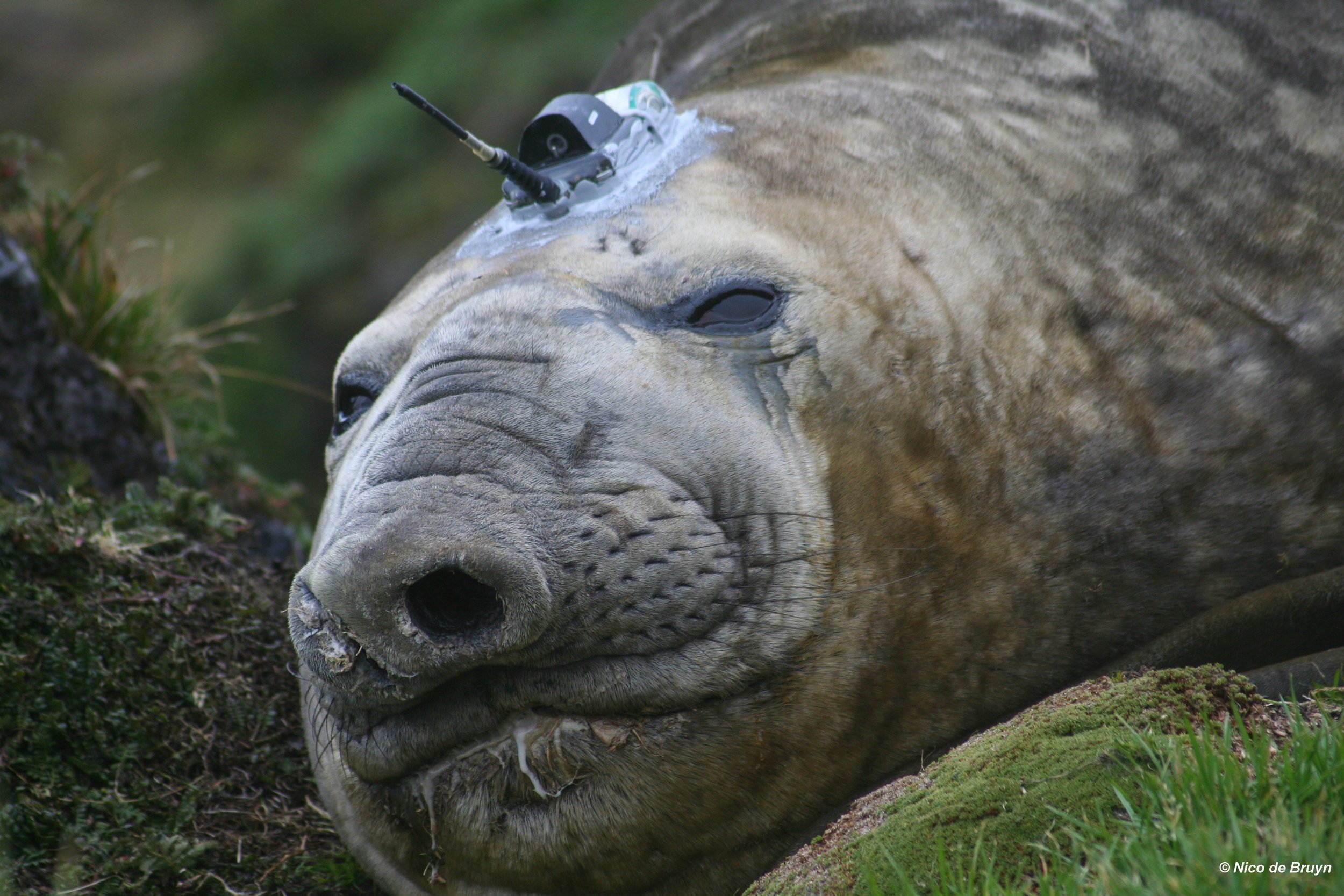New paper! Density-related reproductive costs and natal conditions predict elephant seal male life history
/Adult male southern elephant seal fresh from a battle with another male at marion island. Photo: Kyle Lloyd
Being a male elephant seal is not easy. Few survive to adulthood and even fewer rise above the rest to become the alpha male of their beach. In a recent paper published in Animal Behaviour, MIMMP associate and former PhD student, Kyle Lloyd and colleagues, show that competition starts from birth when males grow and develop the traits needed in later life to establish and maintain mating rights and service groups (harems) of females. Costs of reproduction at adulthood may also be increased for alpha males that need to mate larger harems of females than alpha males of smaller female harems. Thus, decisions about allocating body resources to life history traits such as survival, breeding success and recruitment to the breeding population may differ for individuals that experience different densities of competing males and/or female group size, from birth through to adulthood.
Adult male southern elephant seal defending his small harem at a marion island beach. Photo: nico de bruyn
Using a long-term data set collected at Marion Island, we found that alpha males that dominated larger female harems experienced lower survival rates in later years, likely because there was a greater cost associated with mating more females and protecting their females from more male competitors. Interestingly, when looking back at population metric at birth, we found that males born in years with fewer pups (at the population level) had a higher breeding success and recruited at a younger age than males born in years with more pups. This suggests that males experienced competition for resources during early life and that this competition was reduced when there were fewer individuals to compete against. These findings are interesting because they show how the density of both males and females can have long-term consequences throughout a male’s life. You can read more about our study in Animal Behaviour.


















